I’m in Michigan with my sister while she is working through a health problem. It looks like there will be a happy ending with this one, so all is well.
I want to share recent developments at my sisters’ neighbor who loves to decorate outside. I can’t find a link to previous pictures, but will add one if I can find the old post:
There was a really bad hailstorm last year, so the old yard things were damaged. He has quadrupled down on the the number of things. There are at least four or five other flamingos on the other side of the porch.
The backyard is where it’s gone clucking nuts:
There are three full-sized chicken coops out back with one more to the left not in the picture. I’m not sure how many metal chickens are back there, but probably somewhere between 50 and 100! No real chickens in sight. He also has a six foot tall chicken in the front yard (right side of picture). I couldn’t get a good picture of it, but there is another fence to the left and he has at least 25 things hanging off the fence and there a ton of wind chimes in the trees back there. He only decorates for the summer and fall, nothing for holidays. It’s pretty fantastic in an insane way!
Back to the Gimbel Brothers Catalog with part two being about what goes under the clothing. Here’s a link to part one if you missed it:
I’ve seen plenty of articles and pictures of old fashioned underwear through the years, plus reading historical novels will acquaint you with the misery of corsets and big hoops and petticoats. This catalog shows exactly what people were buying in 1915 and putting under their clothing.
I’m always shocked, appalled, and grateful, in that order, by women’s old-timey undergarments:
Let’s get the worst of it out of the way first—corsets. These don’t seem as bad as the old-fashioned whalebone corsets that were pulled incredibly tight as in Gone with the Wind. But, these are still tight, restrictive and really long and probably hot! You can see by all the lines that there is still a bunch of “boning” in all of the corsets, and several of the descriptions call it “firm”. The only saving grace is that the desired silhouette is not the tiny, tiny waist, but more of a restriction of the hips for a smoother outline. That would not be good news for me, but neither would the tiny waist! I’m wondering if the “forms” on the left page, bottom near center line, are for nursing mothers, or heavy sweating? Plus, if you are athletic, the corset for you is on the left page, top row, second from left edge. It has an extra elastic gusset that allows for ease of movement. Can I give a huge eye roll here?
Just in case you’re interested in such things, here is how your grandmother, or great-grandmother had to deal with her “monthlies”:
Item K-11211 is called Dr. Gertrude Rosenthal’s Hygienic Sanitary Outfit. The descriptions reads, “It prevents staining clothing, embarrassment, also chafing of limbs. It eliminates use of napkins, their expense and other objectionable features. It prevents diseases and aids in bladder weaknesses most wonderfully.” The description ends, “For sanitary reasons this garment is not exchangeable.” I would like to applaud the innovators in this field for their contributions to women’s comfort! We’ve come a long way, Baby! By the way, item K-11210 are the sanitary napkins, which were labeled objectionable by Dr. Gertrude Rosenthal.
Item K-22207 is a dress shield to protect your garments from underarm sweat back in the days before deodorant and air conditioning. Sweat would do a number on your fine white garments.
I was amused that silk underwear is advertised as hygienic:
Silk was marketed as hygienic because it is a “good non-conductor of heat and cold”. That idea is kind of puzzling, since the germ theory was pretty well accepted by then. Maybe you were more susceptible to sickness by being too hot or cold. The one piece outfits were called combination suits, and the two-piece outfits were vests and bloomers.
Combination suits could also be made of a knitted fabric:
The blurb at the top reads, “Combination suits are comfortable under corsets as they are smooth at the waist. In addition, knitted garments are much cooler in the summer than fabric ones. Some people consider it more hygienic not to iron them, which is really unnecessary.” I would like some proof that anything is comfortable under a corset, but it could be a relative comfort as opposed to being naked under the thing! The vests on the left page are worn with bloomers or other bottom garments called “drawers”, such as item K-12204 which are called knee drawers or knee tights.
Once you get all of the other nonsense on, you can move to your petticoats and stockings:
When I first looked at these pages I thought these petticoats were skirts because they were so fancy with flounces, pleats, and trimmings. But, the tops were wrong being vests or camisoles. Most of the petticoats on the left page are made from silk, taffeta, messaline, or crepe de chine. All of these are probably silk, although taffeta now can be from nylon, rayon, acetate, or polyester. Messaline has a twill or satin weave, while crepe de chine is very fine and lightweight fabric with a matte sheen and ripple texture. Crepe de chine can be made from manmade fabric in modern times. All of the stockings are also silk, so you can imagine how delicate they are.
The petticoats on the right page aren’t quite as fancy. They are made from chambray, “sateen”, “taffetine”, and the rightmost one is made from seersucker. They are about half the price of their sister petticoats.
So, after all your efforts at dressing, you can take a break in your dressing gown:
These gowns could be worn before going to bed, but frequently were worn while dressing or while lounging and resting during the day. They are extremely fancy, and the wearer is still pretty darned covered up, so you could have visitors in your dressing room. The sacques on the right page are also worn for dressing and aren’t quite as formal or fancy as the gowns. These are made from dotted swiss or silk.
Whew, women’s underwear is so much more complicated than men’s:
They men have drawers (K-1190), knee drawers (K-11909), shirts (K-11902), and combination suits (K-11910). They are all sensibly made from cotton. I’m kind of confused by calling the tops shirts instead of vests, but, okay. The only thing that looks even slightly uncomfortable is the buttons at the waist probably for modesty.
Men’s sleepwear shows a bit more pizzazz:
The left-most robe on the left page is quite flamboyant with colors of blue, gray, tan or heliotrope! It has ties at the waist and neck just in case you miss wearing a tie at night. The night shirts have breast pockets and braid trimming for your formal bedroom affairs. I like the pajamas on the right with their loop closings. They look pretty comfortable.
Can’t leave out the kiddies:
Pretty much similar to men, the kids wear shirts, long or short drawers, and combination suits mostly made from cotton or knitted fabric. The combination suit K-12007 on the left side of the left page was made by Carters, which I assume is the same Carters that makes children’s clothing today.
On the right-hand page, the top paragraph has the following: “The Gimbel Stores employ men of long experience to manage their Knit Underwear Sections. You do not have to submit to experimentation—often costly to you.” That is a very strange way to state that you have experienced people running a department that the public can trust.
I wanted to point out that item K-12100 on the right page upper row near center is labeled a misses vest. Probably because it doesn’t have sleeves. I do feel sorry that boys don’t appear to get vests to wear.
I’ve rambled on long enough. I hope you enjoyed a peek under the skirts, so to speak. I am so glad I live now and not then. Life might have been simpler, which I doubt, but was most certainly not as comfortable!


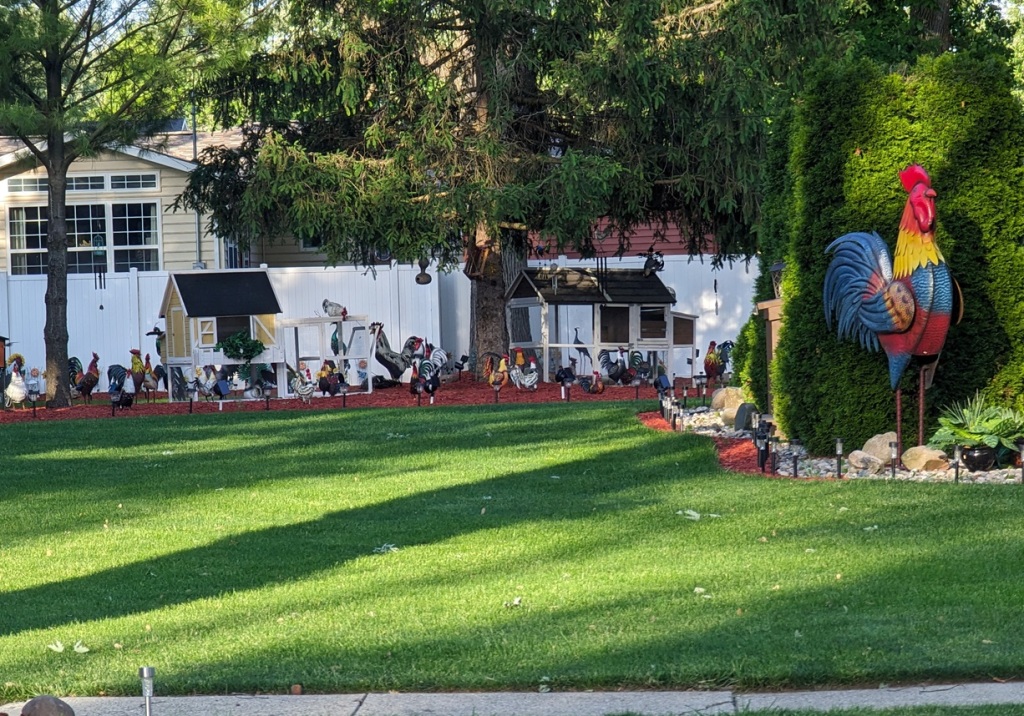

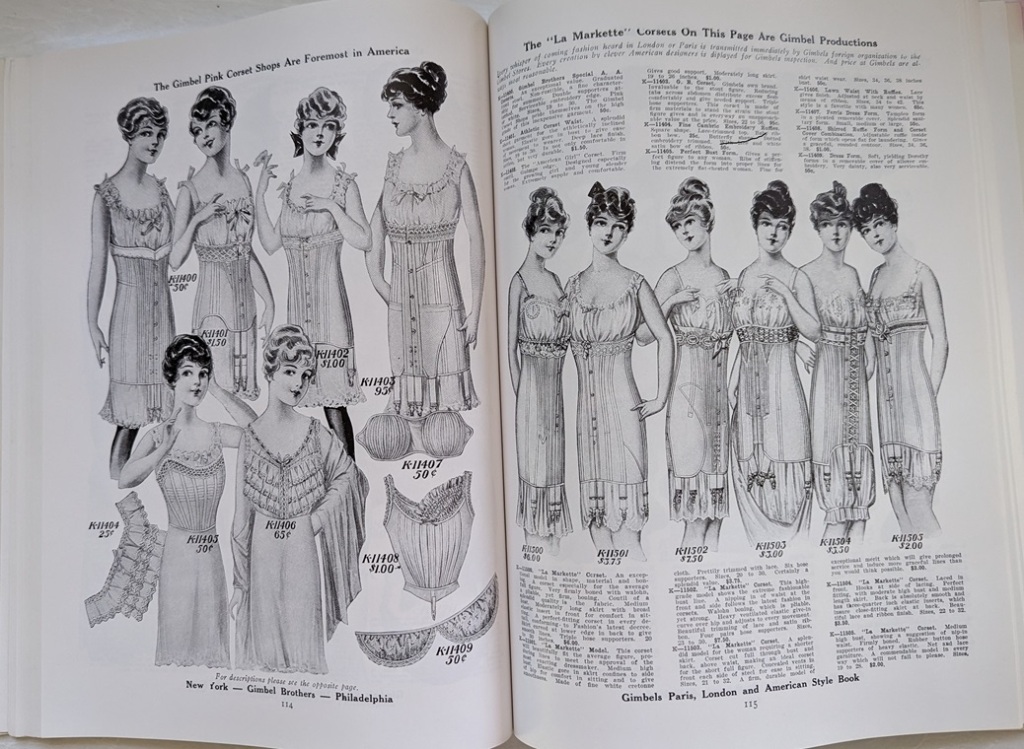
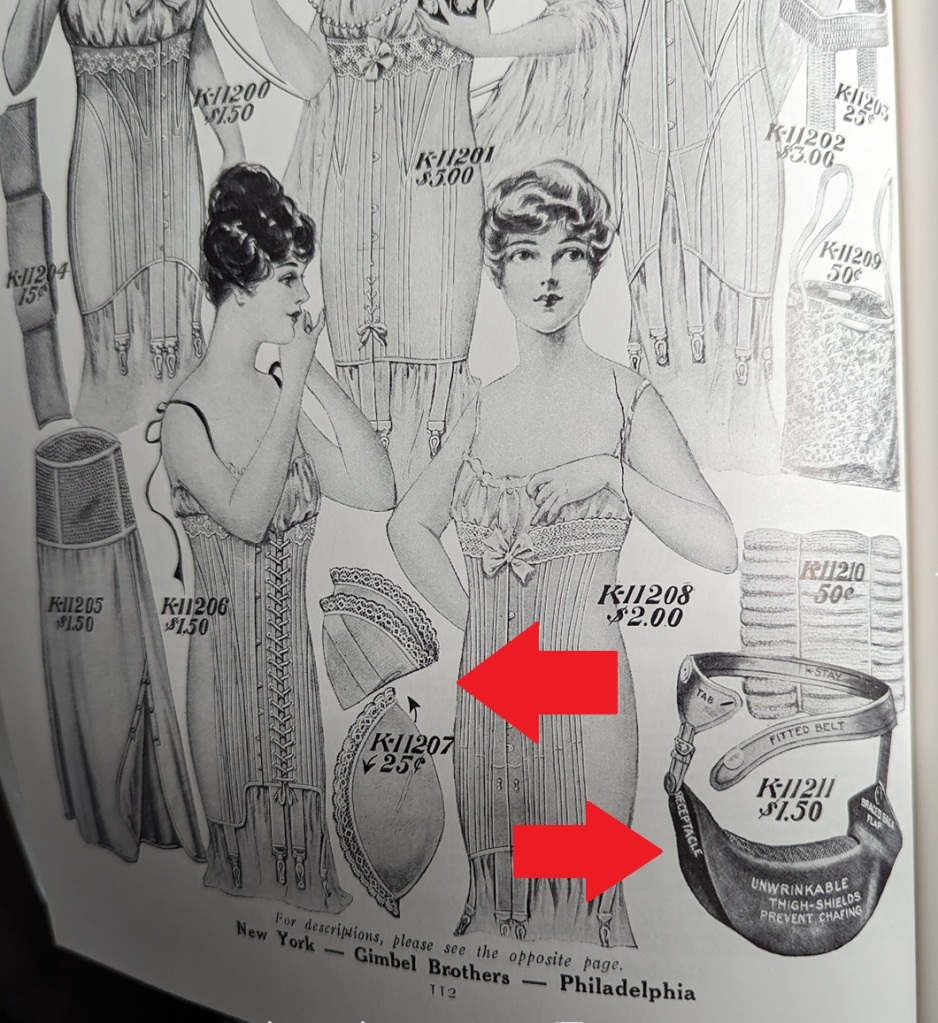
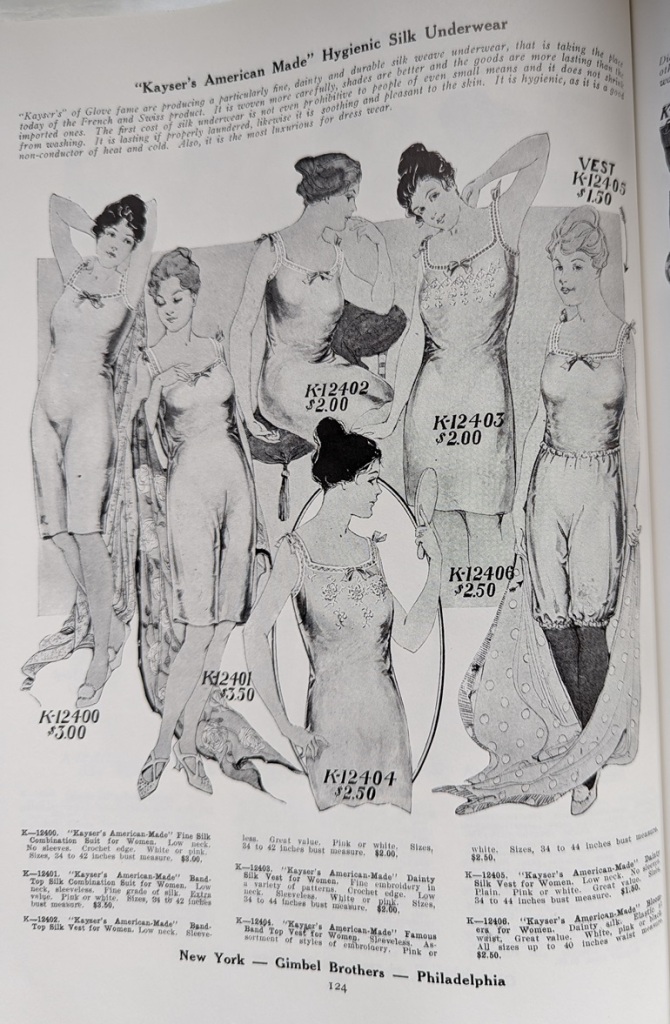
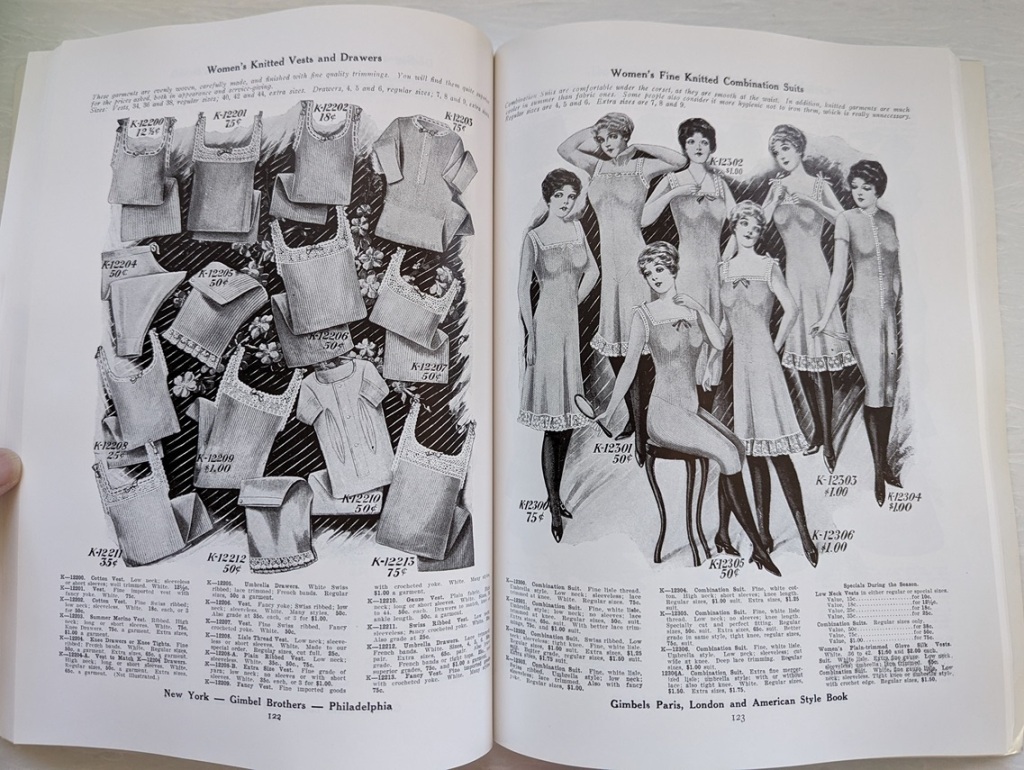
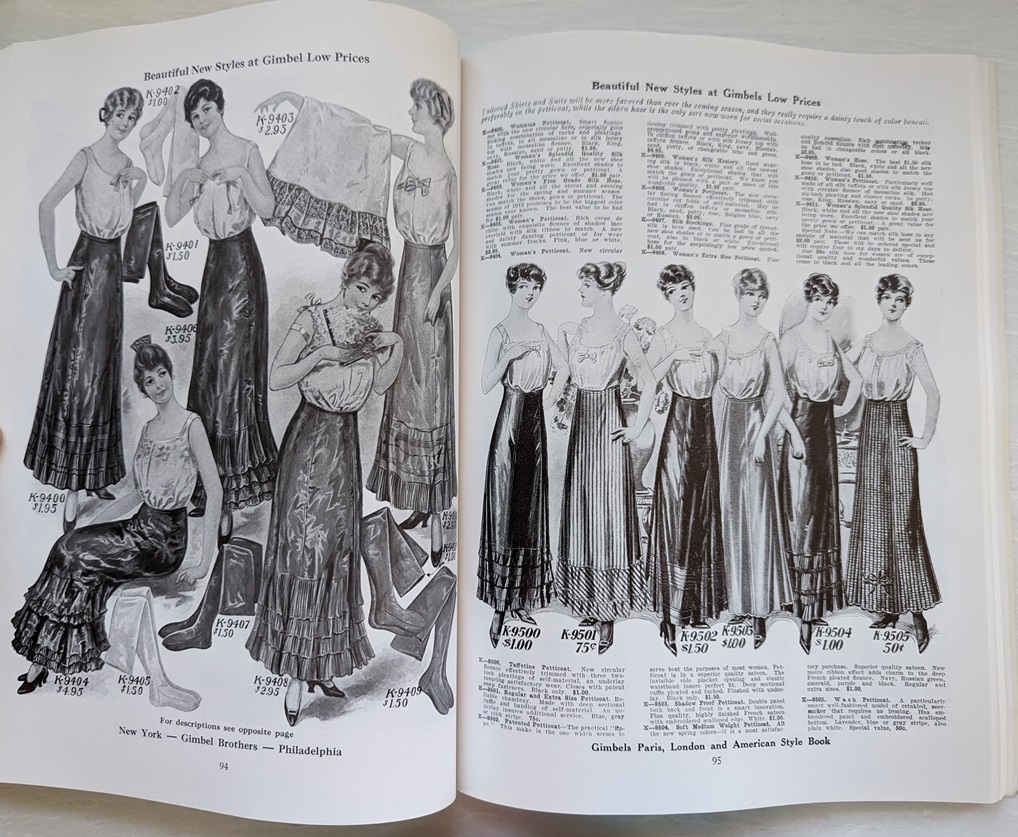
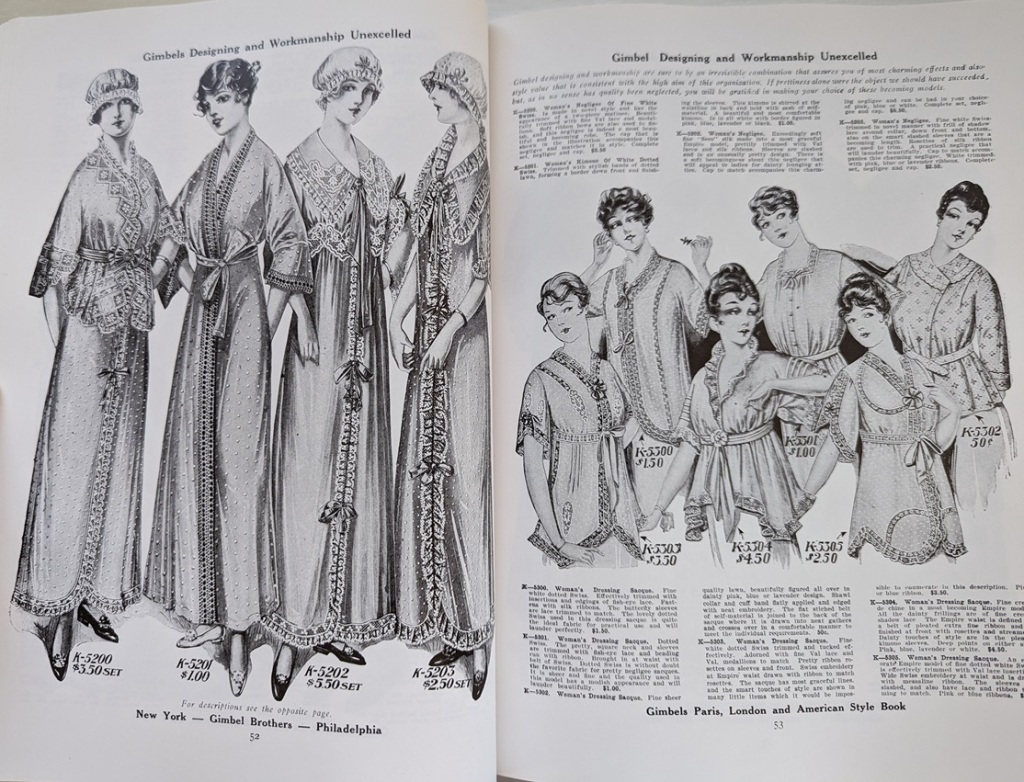
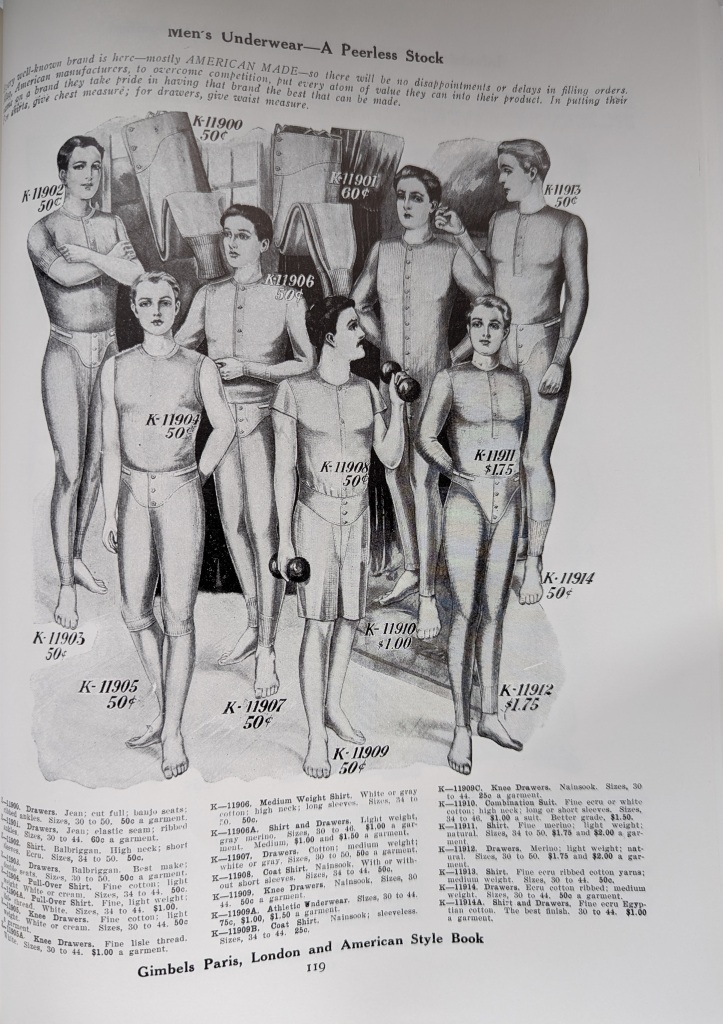
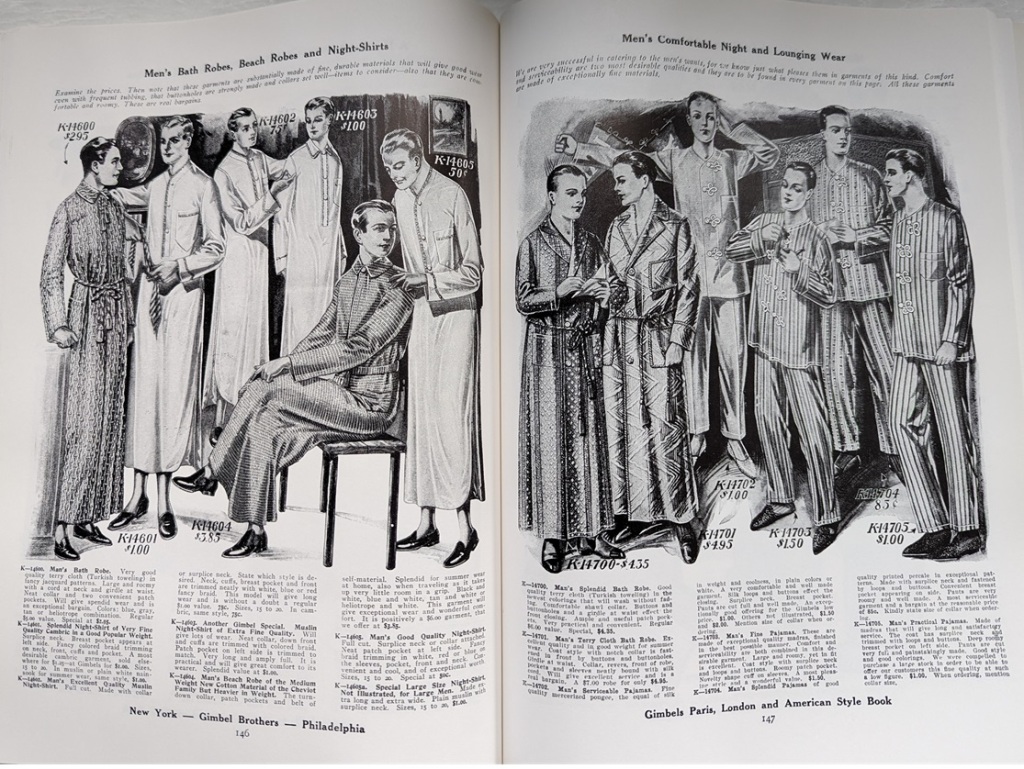
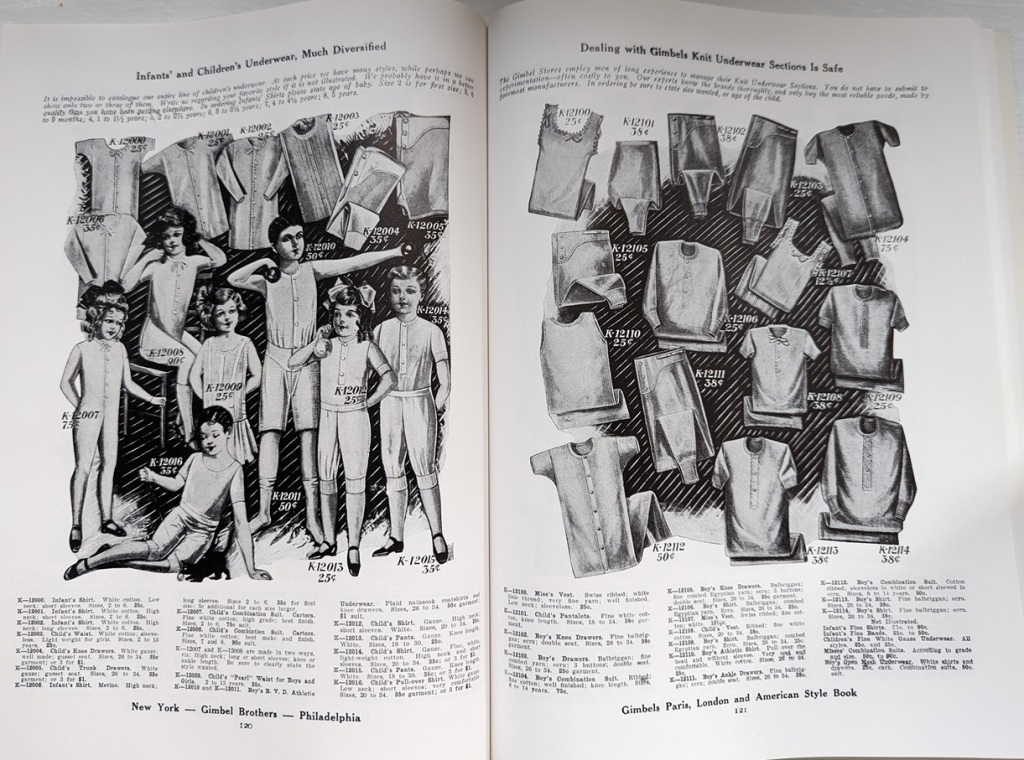





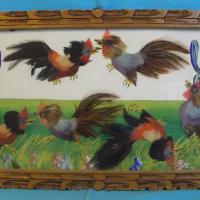


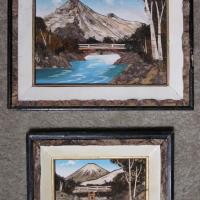

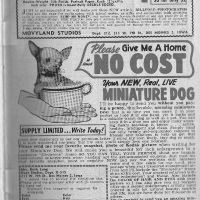

What a wonderful post. We forget the freedom we have now to wear or not wear foundations, and all those restrictive layers. Can’t imagine dragging that much material around everyday, day in, day out! I have my grandmother’s trousseau pieces from about the same period and they are all hand stitched , tucked, embroidered, and hand made laces—amazing the workmanship on clothing never seen!
So glad you enjoyed it!! How wonderful that you have your grandmother’s clothing. The artistry on those pieces of clothing is out of this world!